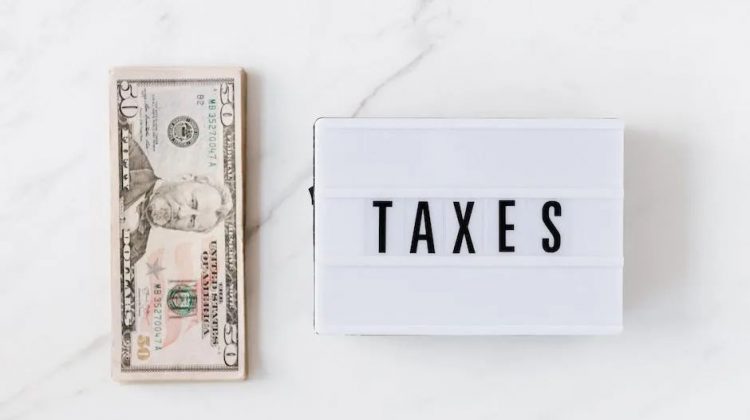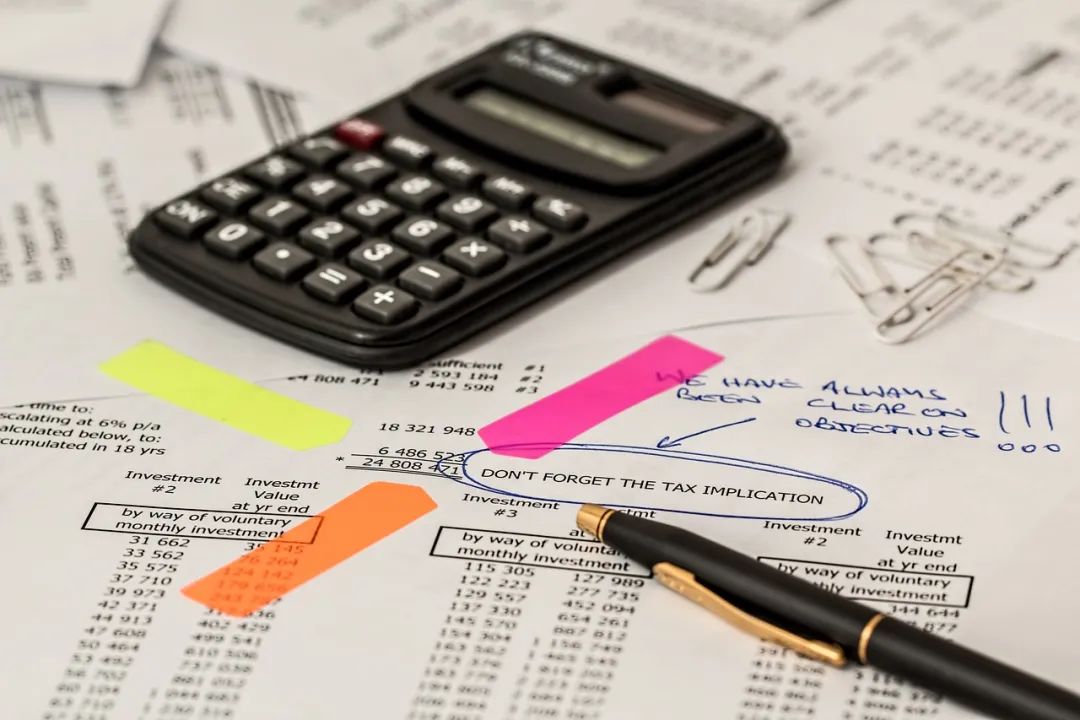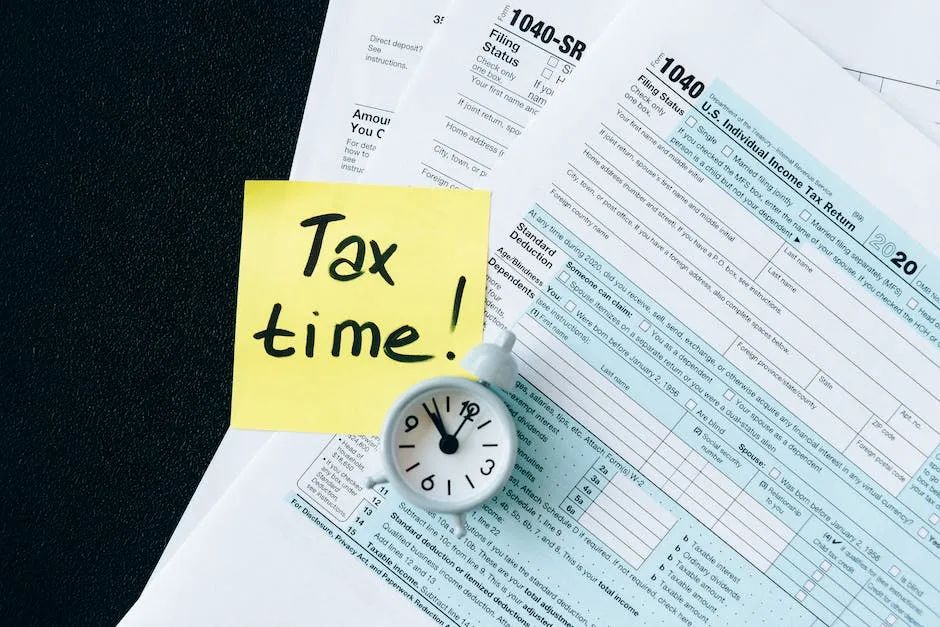
China Unveils New VAT Deduction for Advanced Manufacturing Firms
In recent months, China’s tax authorities have expanded and extended a range of preferential tax policies for both corporations and individuals, aiming to alleviate the tax load and boost economic growth. These measures include elevating the standards for special additional deductions in Individual Income Tax (IIT), extending IIT benefits for foreigners until 2027, broadening the pre-tax super deduction for R&D expenses, and granting VAT exemptions for small-scale taxpayers.

After calculating the VAT payable before deductions, companies can apply the additional deduction as follows:
If the pre-deduction payable VAT is zero, the entire additional deductible VAT for the current period can be carried forward to the next period.
If the pre-deduction payable VAT is greater than zero and exceeds the additional deductible VAT for the current period, the entire additional deductible VAT for the current period can be deducted from the pre-deduction payable VAT.
If the pre-deduction payable VAT is greater than zero but less than or equal to the current period’s additional deductible VAT, the current period’s additional deductible VAT is used to reduce the pre-deduction payable VAT to zero. Any remaining additional deductible VAT for the current period can be carried forward and deducted in the subsequent period.

Companies can calculate and record any eligible but unrecorded additional deductible VAT in the same period when the applicable additional deduction policy is determined.
Please note that the additional VAT deduction policy does not apply to the export of goods and labor services or cross-border taxable activities conducted by a taxpayer. For companies engaged in both the export of goods and services and cross-border taxable activities, and where input VAT cannot be segregated for additional deduction, the following formula should be used to compute the input VAT ineligible for additional deduction:
Input VAT not eligible for additional deduction = Total input VAT that cannot be separated for the current period × Sales revenue from export of goods and services and cross-border taxable activities for the current period ÷ Total sales revenue for the current period
